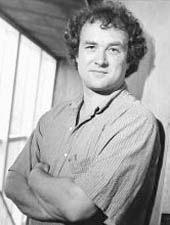Krishnan, N., Jeong, D. G., Jung, S.-k., Ryu, S. E., Xiao, A., Allis, C. D., Kim, S. J., Tonks, N. K. (June 2009) Dephosphorylation of the C-terminal tyrosyl residue of the DNA damage-related histone H2A.X is mediated by the protein phosphatase eyes absent. Journal of Biological Chemistry, 284 (24). pp. 16066-16070.
Abstract
In mammalian cells, the DNA damage-related histone H2A variant H2A.X is characterized by a C-terminal tyrosyl residue, Tyr-142, that is phosphorylated by an atypical kinase, WSTF. The phosphorylation status of Tyr-142 in H2A.X has been shown to be an important regulator of the DNA damage response by controlling the formation of �H2A.X foci, which are platforms for recruiting molecules involved in DNA damage repair and signaling. In this manuscript, we present evidence to support the identification of the Eyes Absent (EYA) phosphatases, protein tyrosine phosphatases of the haloacid dehalogenase superfamily, as being capable of dephosphorylating the C-terminal tyrosyl residue of histone H2A.X. We demonstrate that EYA2 and EYA3 displayed specificity for Tyr-142 of H2A.X in assays in vitro. Suppression of eya3 by RNA interference resulted in elevated basal phosphorylation, and inhibited DNA damage-induced dephosphorylation, of Tyr-142 of H2A.X in vivo. The study provides the first indication of a physiological substrate for the EYA phosphatases and suggests a novel role for these enzymes in the regulation of the DNA damage response.
Actions (login required)
 |
Administrator's edit/view item |

